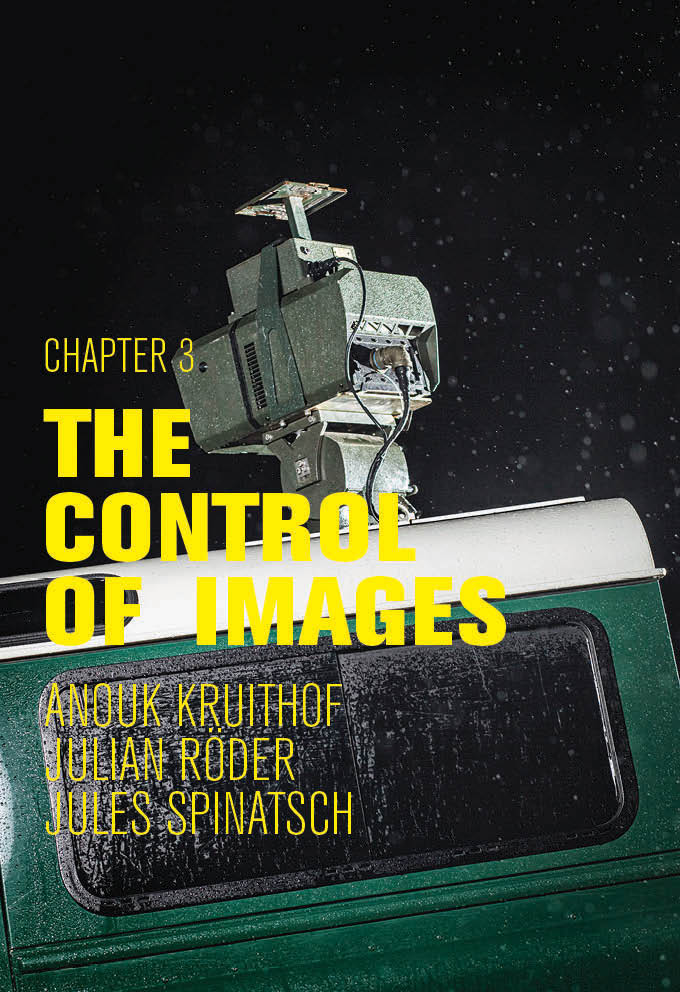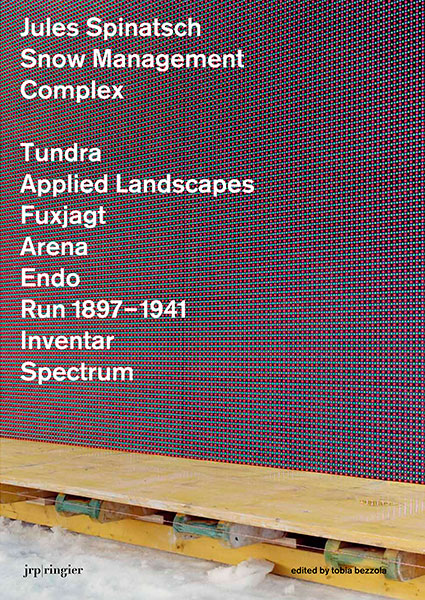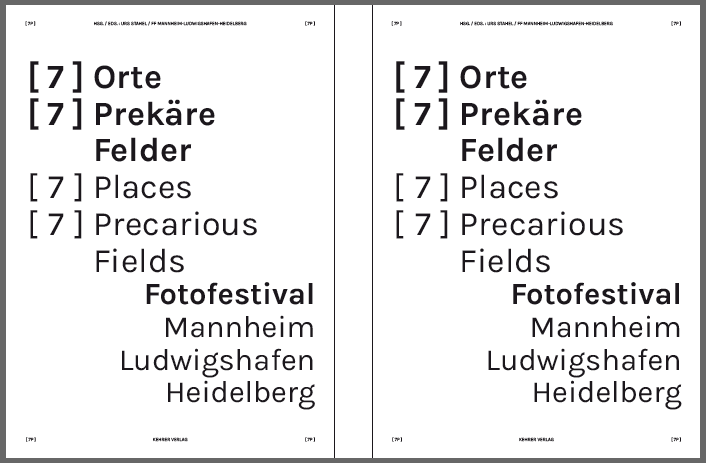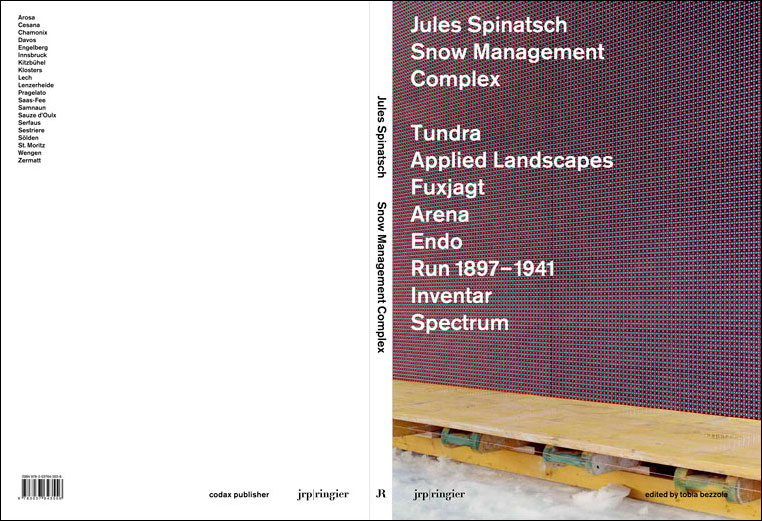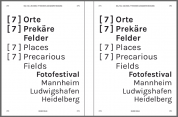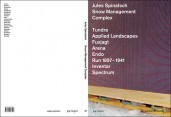The Control of Images, 12. December – 28. January
Kuratiert von Sabina Gamper und Nicolô Degiorgis
Nach den beiden ersten Ausstellungen „Chapter 1 – The Hierarchy of Images“ und „Chapter 2 – The Conflict of Images“, beenden wir diese Trilogie mit „Chapter 3 – The Control of Images“. Mit dieser Ausstellungs- und Publikationsserie haben wir es uns zum Ziel gesetzt, uns mit aktuellen Formen dokumentarischer Fotografie auseinanderzusetzen, indem wir Positionen präsentieren, welche sich auf kritische und reflektierende Weise mit wichtigen Themen unserer zeitgenössischen, globalisierten Gesellschaft beschäftigen. Bei jeder Ausgabe dieser Serie werden sowohl junge wie auch herausragende Vertreter dokumentarischer fotografischer Arbeit eingeladen und vorgestellt.
Für diese dritte Ausgabe beschäftigen wir uns mit dem Thema der Kontrolle und Überwachung, aber auch mit kritischen Beobachtung problematischer gesellschaftlicher Prozesse. Hierbei wird kritisch hinterfragt, wie sehr wir in unseren tagtäglichen Verrichtungen kontrolliert werden, durch Überwachungskameras, über Internet, Google, etc. Anhand von gesellschaftlich engagierter Fotografie werden aber auch Prozesse sichtbar gemacht, welche maßgeblich auf unser soziales, wirtschaftliches und ökologisches Handeln einwirken, indem Ungerechtigkeiten, Misswirtschaft und geheime Machenschaften aufgedeckt werden. Die Ausstellung macht insofern deutlich, wie Fotografie sowohl Überwachungsinstrument als auch Werkzeug sein kann, um dessen negatives Wirkungspotential offenzulegen und herauszufordern.
English
After the first two exhibitions “Chapter 1 – The Hierarchy of Images” and “Chapter 2 – The Conflict of Images”, we will end this trilogy with “Chapter 3 – The Control of Images”. We have set ourselves the goal with this series of exhibitions and catalogues of grappling with current forms of documentary photography by presenting positions that address important subjects in our contemporary, globalised society in a critical and reflective way. Both emerging and established exponents of documentary photographic work have been invited and presented for each edition of this series.For this third edition, we are dealing with the topic of control and surveillance, as well as with the critical observation of problematic social processes. In so doing, we are taking a critical look at to how great an extent we are monitored by surveillance cameras, via Internet, Google, etc. as we go about our day-to-day lives. Socially engaged photography can also make processes visible that significantly affect our social, economic and ecological actions, exposing injustices, mismanagement and secret machinations. The exhibition illustrates in this respect how photography can be both a surveillance instrument and a tool to reveal and challenge its negative potential impact.
ItalianoDopo le prime due mostre, intitolate rispettivamente “Chapter 1 – The Hierarchy of Images” e “Chapter 2 – The Conflict of Images”, si conclude la trilogia con “Chapter 3 – The Control of Images”.
Attraverso questa serie di esposizioni ci siamo posti come obiettivo quello di dialogare con le attuali forme di fotografia documentaria e dare voce a quelle che, in maniera critica e riflessiva, affrontano temi salienti della società contemporanea globalizzata. Per ogni lavoro di questa serie sono stati invitati a partecipare sia giovani fotografi emergenti che esponenti di spicco della fotografia documentaristica.Per la terza mostra ci siamo occupati del tema del controllo e della sorveglianza, così come di osservare i complessi mutamenti sociali. A questo proposito è stata indagata la questione di quanto veniamo controllati nelle nostre faccende quotidiane, tramite telecamere di sorveglianza, internet, Google, ecc. Attraverso la fotografia impegnata nell’indagine sociale risultano evidenti anche quei processi che hanno un’influenza determinante sui nostri comportamenti sociali, economici ed ecologici, nei quali si rivelano ingiustizie, abusi, segrete macchinazioni.
Questa terza serie mostra dunque in modo evidente come la fotografia possa essere sì usata per la sicurezza e la sorveglianza, ma allo stesso tempo possa diventare uno strumento capace di rivelarne e criticizzarne il potenziale negativo.
